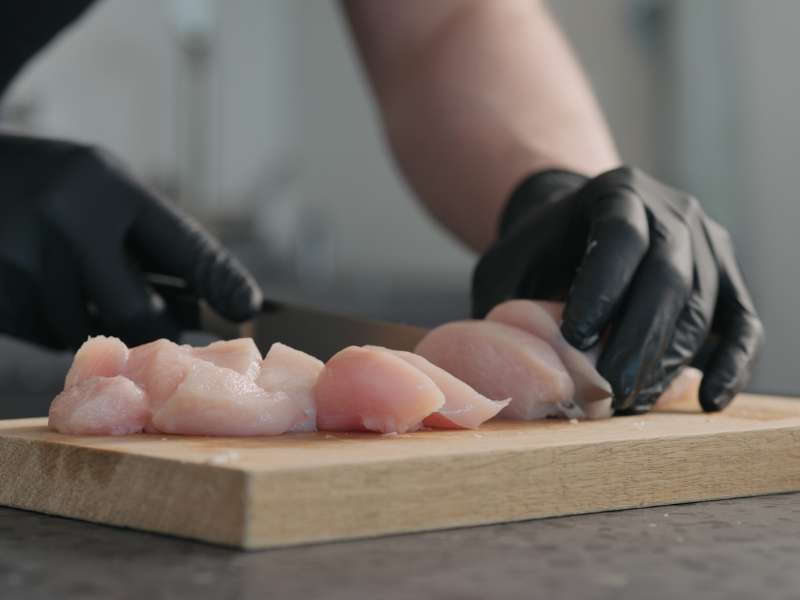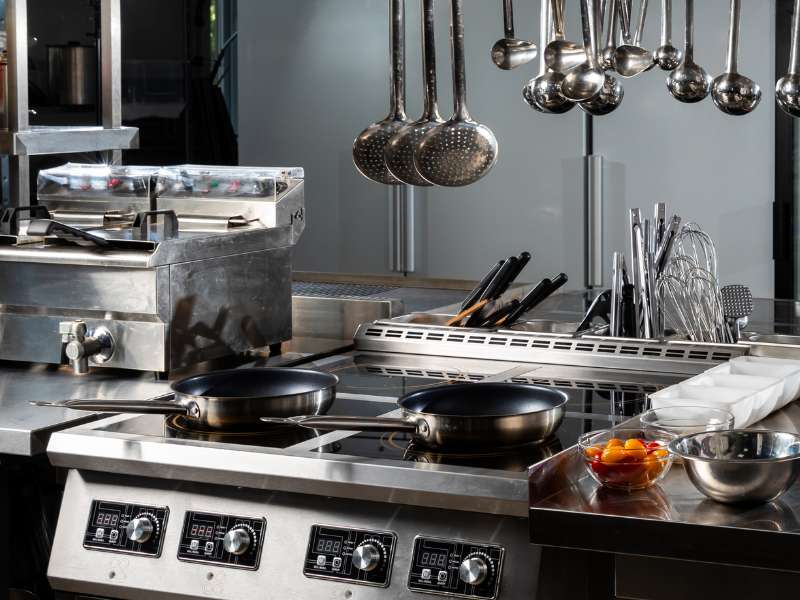Dining today is about more than what’s on the plate, but about the memory it creates. People aren’t just seeking dinner; they’re seeking an experience worth sharing, one that lingers long after the last bite.
As a personal chef who crafts intimate, in-home dining events, I’ve seen firsthand how a thoughtful touch can transform a simple meal into something unforgettable.
For restaurants, leaning into experiential dining doesn’t have to mean a dramatic overhaul. With practical strategies, you can bring more value to the table while staying true to your concept and your budget.
Tableside Touches
There’s a reason tableside service feels timeless — it makes the meal personal. Something as simple as mixing up fresh guacamole or presenting a salad tossed to order adds theater without slowing service. These moments give guests a peek behind the curtain and create a story they’ll remember.
Consider choosing one or two menu items that lend themselves to this kind of showmanship. It doesn’t require extra space or staffing, just a little choreography, consistency, and maybe a rolling cart or two.
Here are five easy, high-impact tableside preparations that don’t require a big investment but still deliver that “wow” factor:
1. Finishing Sauces – A server pours or spoons a warm sauce over a steak, fish, or dessert at the table. Think a Braveheart® Bone Broth red wine reduction for beef, beurre blanc for fish, or chocolate ganache over cake. It adds drama and aroma in one quick motion.
2. Flamed or Torched Elements – Caramelizing sugar on crème brûlée, sizzling flambéed Zebec® Kefalograviera cheese, or giving a steak a last kiss of fire with a handheld torch. It’s simple, quick, and instantly makes people pull out their phones.
3. Freshly Tossed Salads – Caesar salad is the classic, but any greens with a bold dressing can work. Tossing in a large bowl right at the table makes the dish feel fresher and more personal without adding stress to the kitchen.
4. Mini Gueridon Service – Present a cheese cart, dessert tray, or even a small selection of local oysters. Let diners choose what appeals to them, then finish with a garnish or drizzle at the table. It makes selection part of the experience.
5. Tableside Garnishes & Finishes – Shaving truffles, grating fresh Parmesan, grinding spices, or using a small pepper mill or microplane for zest. Quick touches highlight quality ingredients and give the diner the feeling that the dish was made just for them.
Chef’s Table Experiences
The chef’s table has long been a symbol of exclusivity, but it doesn’t have to be reserved for fine dining. As a personal chef, the appeal of watching the chef cook was a big part of my popularity. Seeing the food in action, being able to ask questions, and even tasting throughout the process gives people the opportunity to immerse themselves in the culinary experience.
And while that may not always be feasible, even just a counter with a clear view of the action can create a sense of connection. Diners feel included in the process, and operators gain an opportunity to showcase technique and personality. You don’t need a large kitchen or a dedicated staff member; sometimes a simple “cook’s counter” with limited seating can accomplish the same intimacy.
Special Events and Private Rooms
Kitchen not conducive to guests? Then you can bring the kitchen to the dining room for special occasions. Private rooms present a unique opportunity to create customized experiences for birthdays, anniversaries, or corporate gatherings. If your main dining space can’t accommodate chef interaction or live cooking, these occasions are the perfect time to offer it.
Imagine a chef preparing a signature dish in front of the group or teaching everyone to roll their own spring rolls, transforming the meal into entertainment. Holiday cooking classes are also a great opportunity to offer a sense of showmanship and value, as well as giving guests a sneak peek behind the scenes.
For operators without dedicated private space, consider hosting special themed dinners during slower nights. Limited-seating events with curated menus not only fill the room but also build buzz and loyalty among those eager for something beyond a standard service.
Solo-Friendly Setups
Solo dining is on the rise — with 1 in 5 Americans* saying they typically dine alone. And nearly 29% dine out by themselves weekly, meaning there’s a big opportunity to entice these guests. Designing a dining experience that feels comfortable for those on their own can be a powerful differentiator.
Counter seating, half-portion tasting menus, or a welcoming community table go a long way toward making solo diners feel valued. Even small gestures, like offering reading material, bar seating with a view into the kitchen, or staff trained to engage without hovering, can turn what might have been a quick meal into a memorable evening.
Seasonal Tasting Menus
A well-designed prix fixe or tasting menu invites people to surrender the decision-making and enjoy the ride. It can also simplify ordering and reduce waste for operators. The trick is balance: offer just enough variety to highlight your strengths without overwhelming the kitchen.
For example, a three-course prix fixe built around seasonal Peak Fresh Produce® can feel approachable while still delivering a sense of occasion. For those ready to go further, a tasting menu with beverage pairings adds another layer of value, whether that means wine, beer, or house-made mocktails.
Seasonal menus keep things fresh for repeat diners and give staff a chance to flex their creativity. Seasonal rotations don’t need to be full menu overhauls; even introducing one or two signature dishes tied to what’s local and abundant can refresh the experience. Highlighting these changes on chalkboards, table tents, or social media builds anticipation. The message is simple: This is a living, evolving dining room, not a static menu.
Creating Experiences That Stick
At its core, experiential dining isn’t about gimmicks but about creating connections. Whether that’s the drama of a torch, the intimacy of a chef’s table, or the anticipation of a seasonal dish, the goal is to give people something that stays with them. And these strategies don’t have to mean more complexity. The key is to start small, find what fits naturally into your concept, and execute it consistently.
In a crowded market, the restaurants that thrive are the ones that give people reasons to return. Food is the anchor, but experience is the hook. With just a few intentional touches, you can elevate your dining room into a place where meals become memories.
*restaurantdive.com/solo-dining-among-americans-increasing-touchbistro-report/744074/



